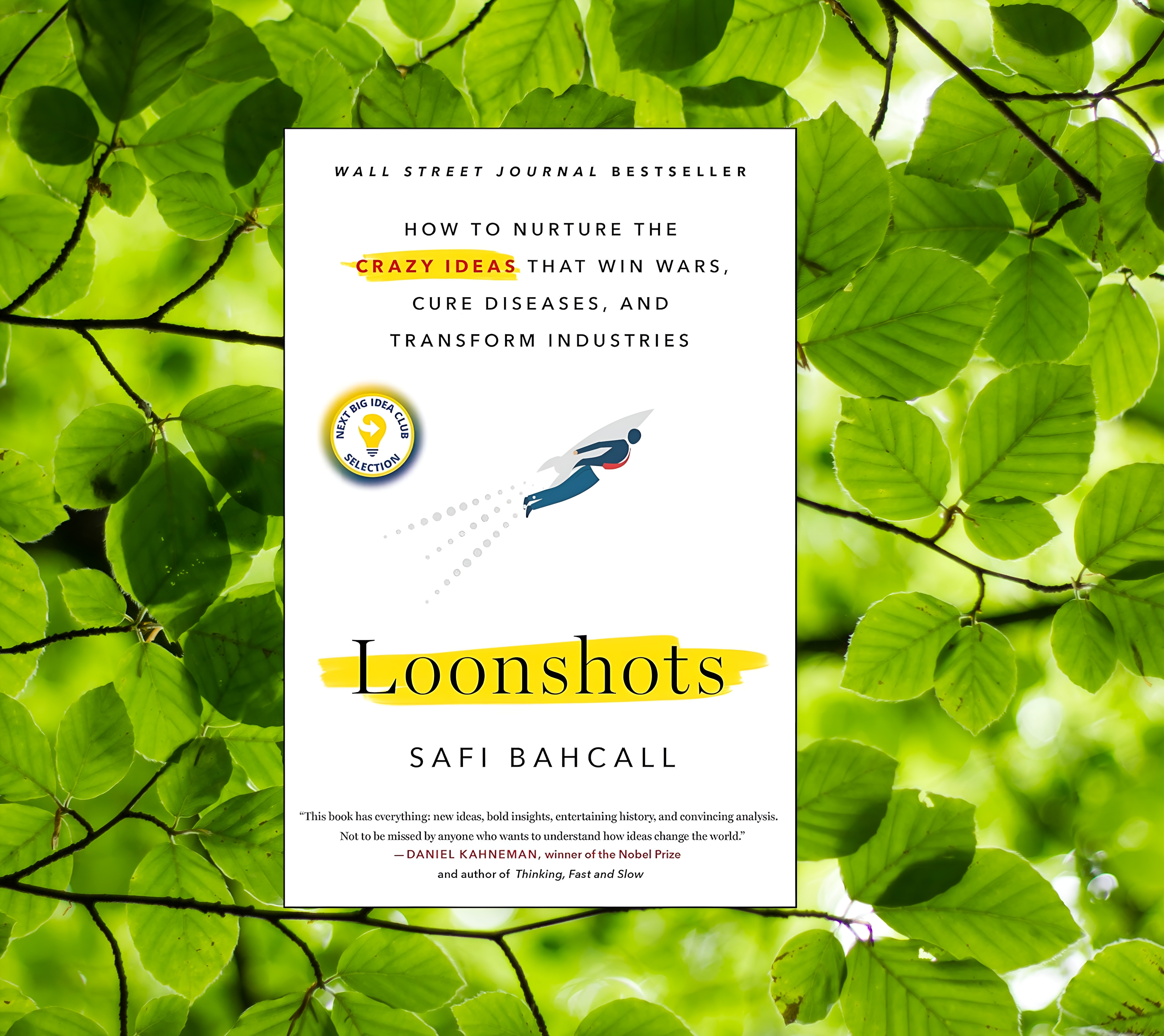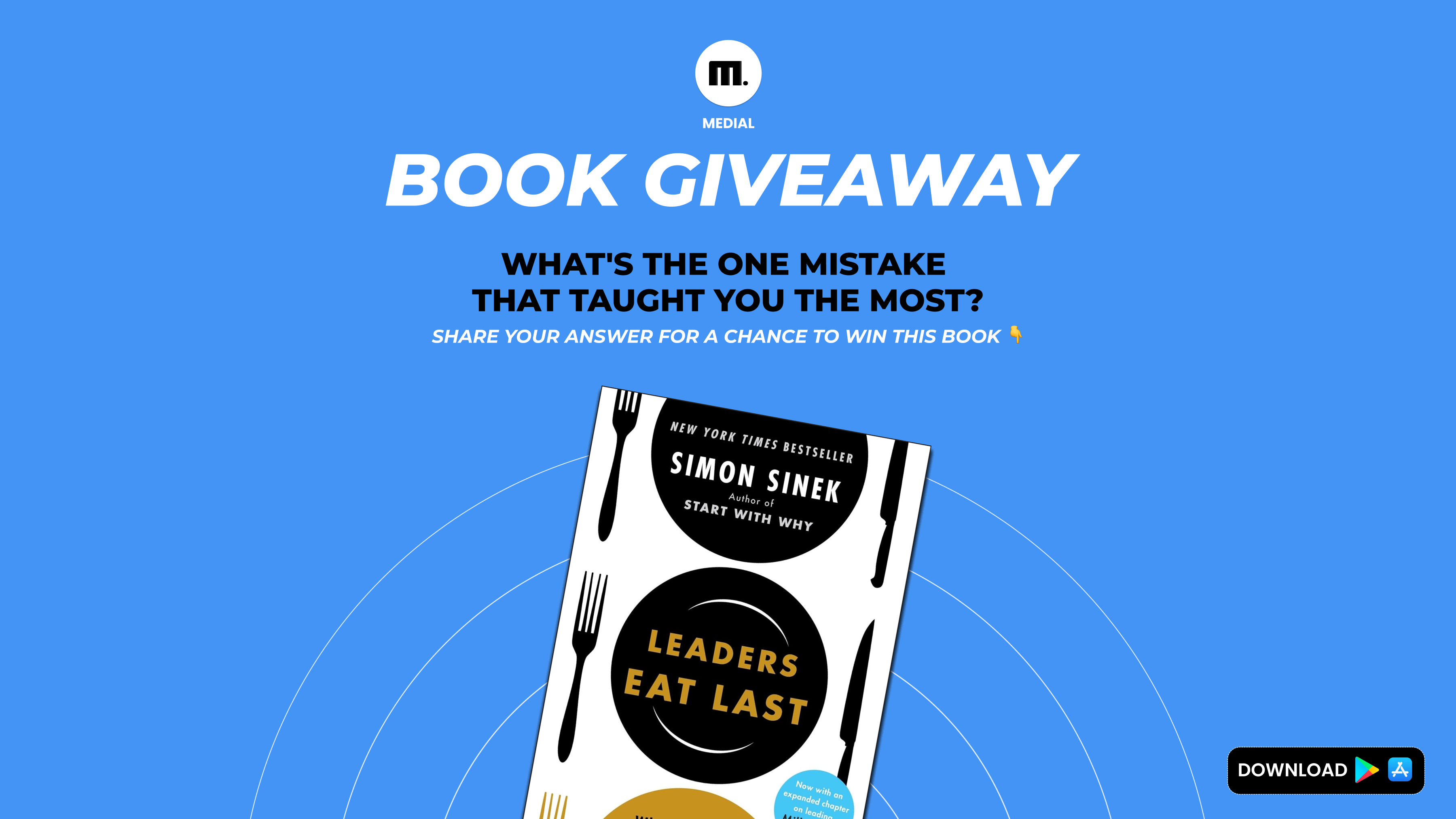Back
SHIV DIXIT
CHAIRMAN - BITEX IND... • 1y
📖 DAILY BOOK SUMMARIES 📖 🔗 DIRECT FREE E-BOOK DOWNLOAD LINK AVAILABLE — https://drive.google.com/file/d/1GpHXn-WIMrHOnaVPU0YNIdvhlFdF1Uc5/view?usp=drivesdk 🔥 Loonshots 🔥 🚀 20 Lessons 👉 ✨ Safi Bahcall ✨ 1. Loonshots Defined • Loonshots are radical, untested ideas that may seem impractical at first but have the potential to revolutionize industries or solve major problems. 2. The Bush-Vail Model • Highlights the success of the collaboration between science and management during World War II, showing the power of nurturing loonshots. 3. Two Types of Loonshots • Product loonshots focus on creating breakthrough products, while strategy loonshots involve paradigm shifts in how organizations operate. 4. The Importance of Phase Transitions • Bahcall compares organizations to water, which shifts phases (solid, liquid) under different conditions, emphasizing the delicate balance needed for innovation. 5. Structure Over Culture • Successful loonshots come from the right organizational structure, not just company culture, ensuring both innovation and execution coexist. 6. The Balance of Artists and Soldiers • Innovation teams (artists) and execution teams (soldiers) must work in harmony, respecting each other's roles. 7. Separating Phases • Suggests physically or operationally separating loonshot projects from the core business to avoid clashes and ensure focus. 8. Small Groups and Big Ideas • Small, dedicated teams are more effective at nurturing loonshots than large, bureaucratic setups. 9. The Role of Leaders • Leaders must act as gardeners, cultivating ideas and removing obstacles, rather than micromanaging. 10. The Importance of Middle Management • Middle managers play a crucial role in bridging the gap between loonshot creators and the operational teams. 11. S-Type and P-Type Loonshots • S-type (strategy) loonshots change business models or approaches, while P-type (product) loonshots create groundbreaking products. 12. Nurturing the Early-Stage Process • Early-stage loonshots need time, funding, and freedom to evolve without the pressure of immediate results. 13. Failure as a Learning Tool • Encourages viewing failures as experiments that yield valuable insights for future loonshots. 14. The Power of Incentives • Aligning team incentives with long-term loonshot success ensures commitment and motivation. 15. The First Follower Principle • The first followers who believe in and support a loonshot are crucial for its survival and growth. 16. Innovation in History • Examples like the development of radar and the polio vaccine showcase how loonshots have reshaped history. 17. The Moses Trap • Warns against over-relying on visionary leaders, which can stifle collaboration and the growth of loonshots. 18. Embracing Divergent Thinking • Encourages fostering environments where unconventional and diverse ideas can thrive.

Replies (1)
More like this
Recommendations from Medial
Vansh Khandelwal
Full Stack Web Devel... • 2m
Technical debt—extra rework from quick fixes—accrues interest and blocks innovation; nearly 60% of IT leaders cite it as a major barrier. Architectural observability tools like SonarQube and vFunction help teams identify, quantify and reduce debt: So
See MorePRASANT SAHOO
Founder and chair pe... • 6m
I have started a professional degree college in Odisha. I am looking for venture capitalist to invest in my project. let's have a meeting to understand the uniqueness of my dream project. just don't be an investor but join a noble mission of nurturi
See MoreDownload the medial app to read full posts, comements and news.






































